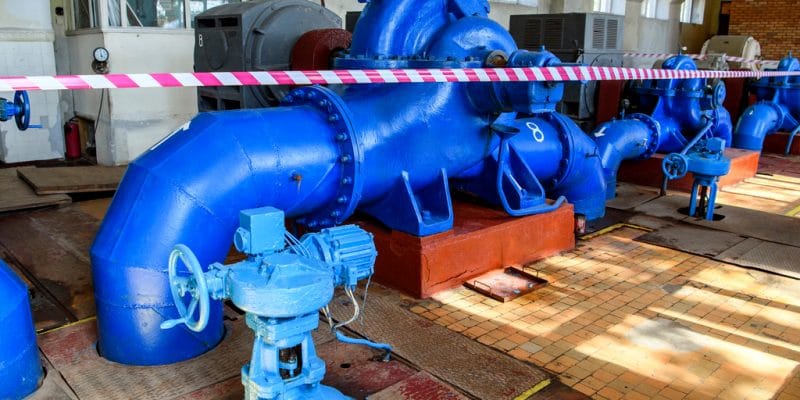The Lake Victoria South Water Works Development Agency (LVNWWDA) has delivered several new water supply facilities to Homa Bay, the largest town and capital of the county of Homa Bay in Kenya. The new facilities will be able to supply 8,800 m3 of water per day to the population.
Providing people with clean drinking water is one of the government’s priorities in Kenya. The authorities of this East African country have just inaugurated new facilities in Homa Bay, the largest city and capital of the eponymous county. It is a drinking water plant located in Got Asego. The plant treats raw water pumped from Lake Victoria before storage in a reservoir located in Rodi. A linear network allows the supply of households.
Read Also –
The work was completed by the Lake Victoria South Water Works Development Agency (LVNWWDA). A budget of nearly $12.33 million was made available to the agency for this project. Funding was provided jointly by the Kenyan government and Belgium.
Solar-powered facilities
The Kenyan authorities estimate that the new facilities will be able to supply 8,800 m3 of drinking water per day to the residents of Homa Bay. This will be enough to meet the town’s estimated daily water needs of 5,000 m3 for the next 20 years. The residents of the surrounding villages and educational institutions also benefit from this drinking water service. Prior to the inauguration of the various facilities, Homa Bay was providing barely 2,500 m3 of drinking water per day to an estimated population of 44,504 due to lack of adequate facilities.
Read also – Urban sanitation, a major challenge for sustainable cities in Africa
Kenya’s other major problem is the instability of its electricity network in some areas. To overcome this handicap in Homa Bay, the Kenyan government decided to equip the new pumping stations and the drinking water plant with solar panels. According to the Kenyan authorities, the solar farms provide 80% of the electricity used by the drinking water facilities, i.e. during the whole day. The remaining electricity comes from others that only take over during periods of low sunlight.
Inès Magoum






